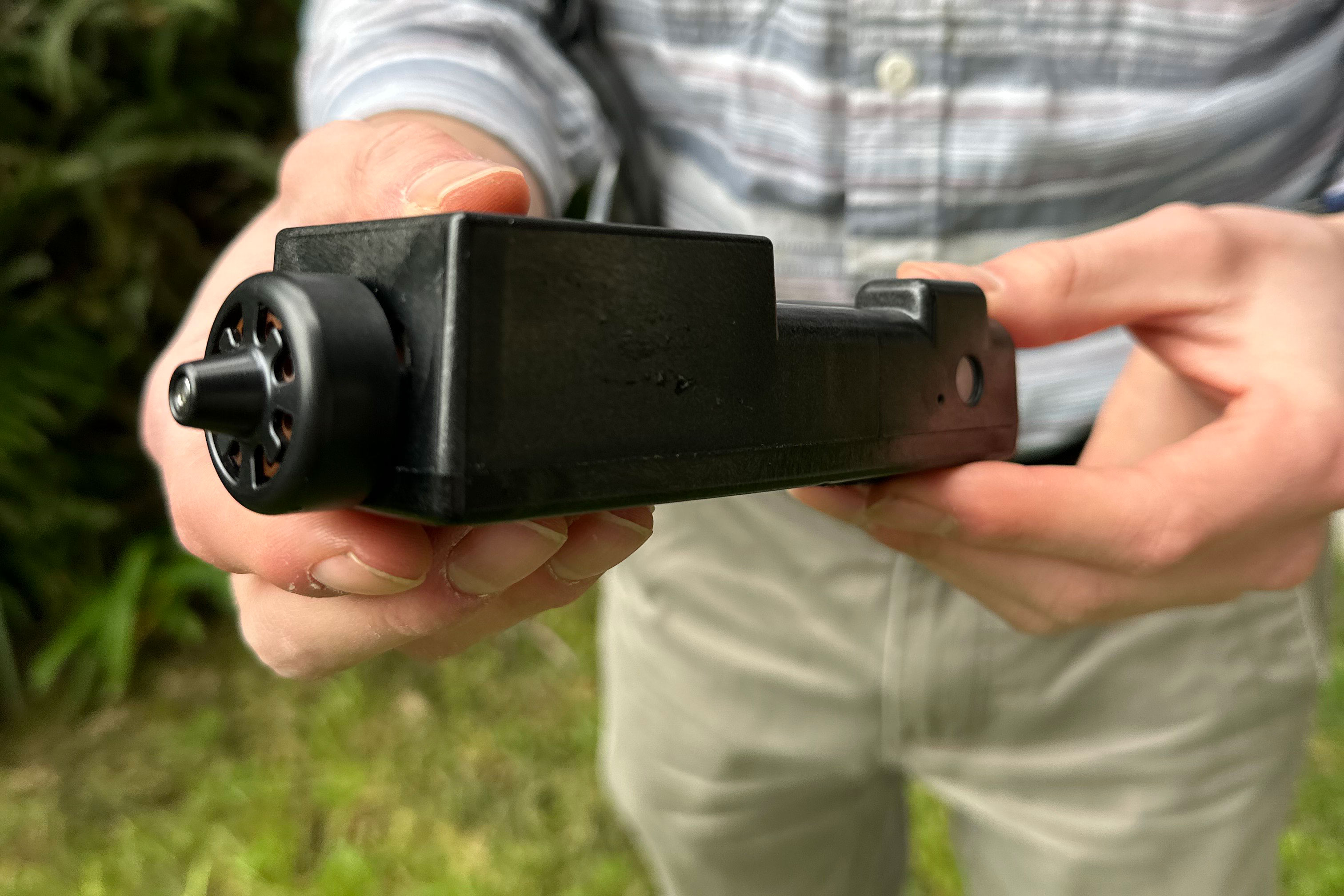Ancient gardening method keeps plants hydrated, expert demonstrates

Forgetful about watering your garden? This ancient trick saves plants. Olla watering keeps plants consistently hydrated over time.
In a helpful TikTok video by Art’s Nursery (@artsnursery), viewers discover the olla watering technique. “A time-tested watering solution that’s been around for thousands of years,” the caption reads.
Derived from ancient practices in North Africa, China, and Latin America, the olla watering system enhances gardening. It ensures plants thrive throughout the season. But what exactly is it?
The Olla watering system involves using a clay pot to create self-watering. Here’s how to set it up:
- Choose a clay pot suitable for your garden.
- Seal the pot’s bottom hole to make it watertight.
- Bury the pot in the soil with the opening exposed.
- Fill the pot with water and cover it with the lid.
Through capillary action, water seeps gradually from the olla into the surrounding dry soil. This provides consistent moisture to plants, proving more efficient than traditional drip irrigation systems. It’s perfect for raised garden beds or areas challenging for daily watering.
The video guides through the process step by step. Plug the clay pot’s bottom hole, bury it in soil, fill with water, and cover with a lid. The water slowly seeps through the pot’s pores, hydrating nearby plants consistently.
Ollas conserve water, reducing the amount needed to sustain plants. Research from the University of Arizona suggests they can save up to 60-70% of water compared to traditional irrigation methods.
Originating over 4,000 years ago in Northern Africa, Latin America, and China, olla watering remains relevant today. With water conservation becoming increasingly crucial, this ancient method offers practical benefits.
Incorporate olla watering into your gardening routine for healthier, thriving plants with minimal effort.
Re-reported the article originally published in TCD.







